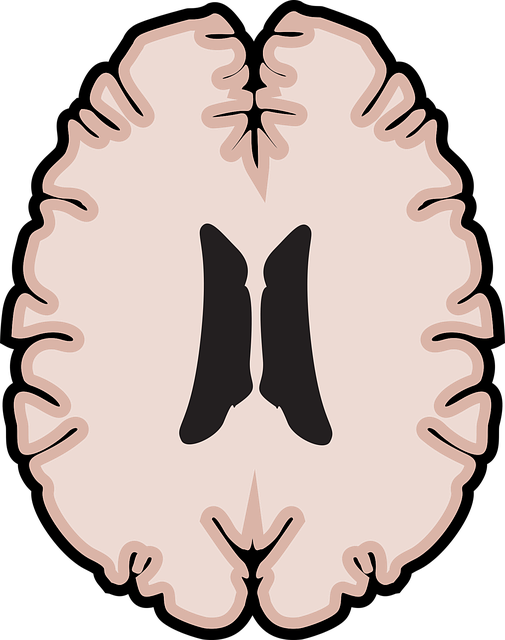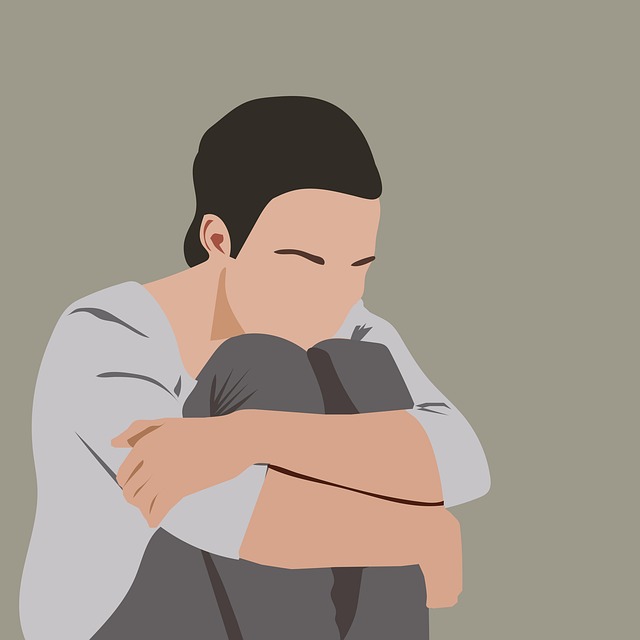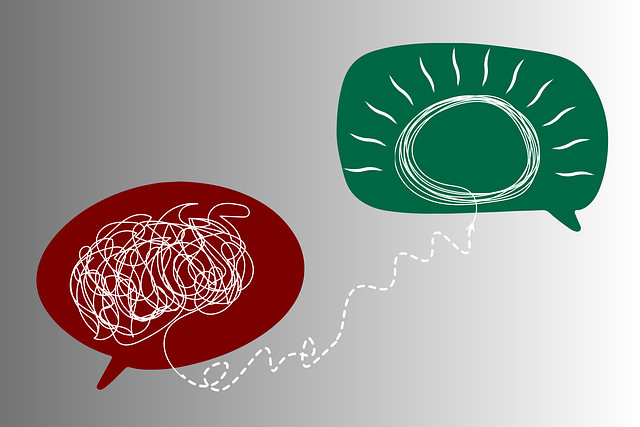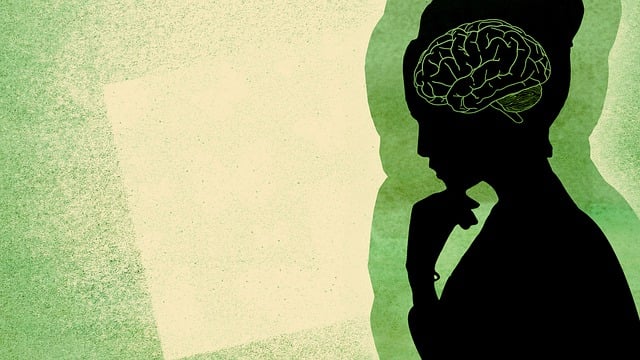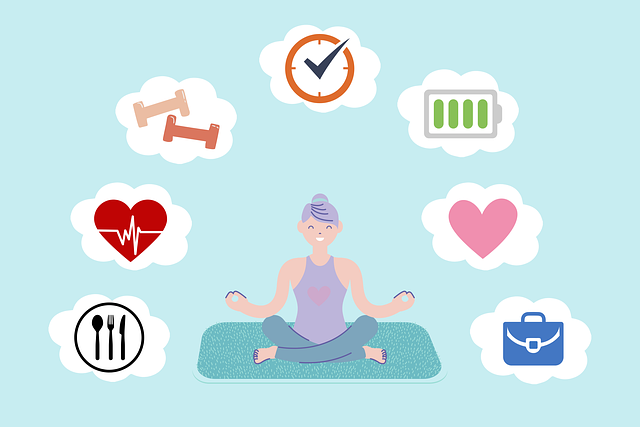Burnout among healthcare professionals is a significant issue, exacerbated by heavy workloads and long hours. Early recognition of symptoms like irritability or changes in sleep patterns is crucial. CBT is effective for managing burnout and phobias in young adults, while holistic approaches including self-care, social support, and mental wellness podcasts are vital. Prioritizing self-care routines, empathy building, and mindfulness meditation can reduce stress levels and lower burnout rates. Integrating innovative therapies like CBT for phobias improves quality of life and enhances resilience against burnout, especially in high-pressure healthcare settings.
Healthcare provider burnout is a growing concern, impacting not only individuals but the entire healthcare system. This article delves into strategies to prevent burnout among healthcare workers, focusing on identifying early signs in young adults and evidence-based solutions. We explore effective tactics such as stress management techniques, work-life balance initiatives, and integrating therapy for specific phobias—a key aspect often overlooked yet impactful. By implementing these strategies, healthcare organizations can foster a resilient workforce.
- Understanding Burnout Among Healthcare Providers
- Identifying Burnout Symptoms in Young Adults
- Effective Burnout Prevention Strategies for Healthcare Workers
- Integrating Therapy for Phobias into Burnout Mitigation
Understanding Burnout Among Healthcare Providers

Burnout among healthcare providers is a growing concern, affecting physicians, nurses, and support staff across various specialties. It’s characterized by emotional exhaustion, depersonalization, and reduced personal accomplishment—a syndrome that can have severe consequences for both individuals and patient care. Recognizing burnout early is crucial, as it often manifests subtely, such as increased irritability, decreased motivation, or changes in sleep patterns. Understanding the root causes is essential, as factors like heavy workloads, long hours, and high-stress environments contribute significantly to the development of burnout.
For young adults struggling with phobias, accessing appropriate therapy, such as cognitive behavioral therapy (CBT), can be transformative. Encouraging self-care practices, including setting boundaries, prioritizing sleep, and engaging in activities that promote mental wellness, is also vital. This holistic approach, combined with the support of a strong social network or even participation in a mental wellness podcast series production, can effectively combat burnout and foster positive thinking among healthcare providers.
Identifying Burnout Symptoms in Young Adults

Burnout among young adults working in healthcare is a growing concern. Recognizing the signs early is vital for prevention and intervention strategies. Many individuals may exhibit physical, emotional, and mental exhaustion, leading to decreased productivity and increased irritability. This could be indicative of burnout, especially if coupled with feelings of cynicism towards work and detachment from patients.
For young adults, therapy can play a significant role in managing burnout. Techniques such as cognitive-behavioral therapy (CBT) can help individuals challenge negative thought patterns and improve self-esteem. Additionally, social skills training and group therapy sessions can foster connections and provide support networks, enhancing resilience against burnout. A comprehensive risk assessment for mental health professionals is essential to identify early warning signs, particularly in high-stress work environments, ensuring timely interventions and promoting a healthier work-life balance.
Effective Burnout Prevention Strategies for Healthcare Workers

Healthcare workers are at a heightened risk of burnout due to the demanding and emotionally taxing nature of their work. To combat this, several effective strategies can be implemented for burnout prevention. One key approach is to prioritize self-care routine development for better mental health. This involves setting boundaries, ensuring adequate sleep, engaging in regular physical activity, and cultivating hobbies outside of work. By integrating these practices into daily life, healthcare professionals can improve their resilience and overall well-being.
Additionally, empathy building strategies play a crucial role in preventing burnout. Cultivating empathy allows healthcare workers to connect more deeply with patients, fostering a supportive environment. Techniques such as active listening, putting oneself in the patient’s shoes, and practicing compassionate communication can enhance emotional connections. Incorporating mindfulness meditation into daily routines can further support this process by promoting present-moment awareness and reducing stress levels. These strategies, when implemented consistently, have been shown to significantly lower burnout rates among healthcare professionals, including those struggling with therapy for young adults phobias.
Integrating Therapy for Phobias into Burnout Mitigation

Burnout among healthcare providers is a growing concern, and integrating innovative therapeutic approaches can significantly contribute to mitigation strategies. One such effective method that often goes overlooked is the treatment of phobias, particularly in young adults. Phobias are intense, irrational fears that can substantially impact an individual’s quality of life and overall mental well-being.
Therapy for young adults with phobias plays a pivotal role in risk management planning for mental health professionals. By addressing these specific fears, healthcare providers can enhance their emotional regulation capabilities. This, in turn, reduces the likelihood of burnout as it enables them to manage stress more effectively and maintain a healthy work-life balance. Developing a self-care routine that incorporates strategies to confront and overcome phobias is essential for better mental health and resilience against burnout.
Burnout among healthcare providers is a pressing issue, especially considering the high prevalence of phobias among young adults. By understanding and identifying burnout symptoms early on, along with implementing effective prevention strategies like integrating therapy for specific phobias, we can create healthier, more sustainable work environments. These measures are crucial in ensuring that healthcare workers remain resilient and dedicated, ultimately enhancing patient care and well-being in the long term.
